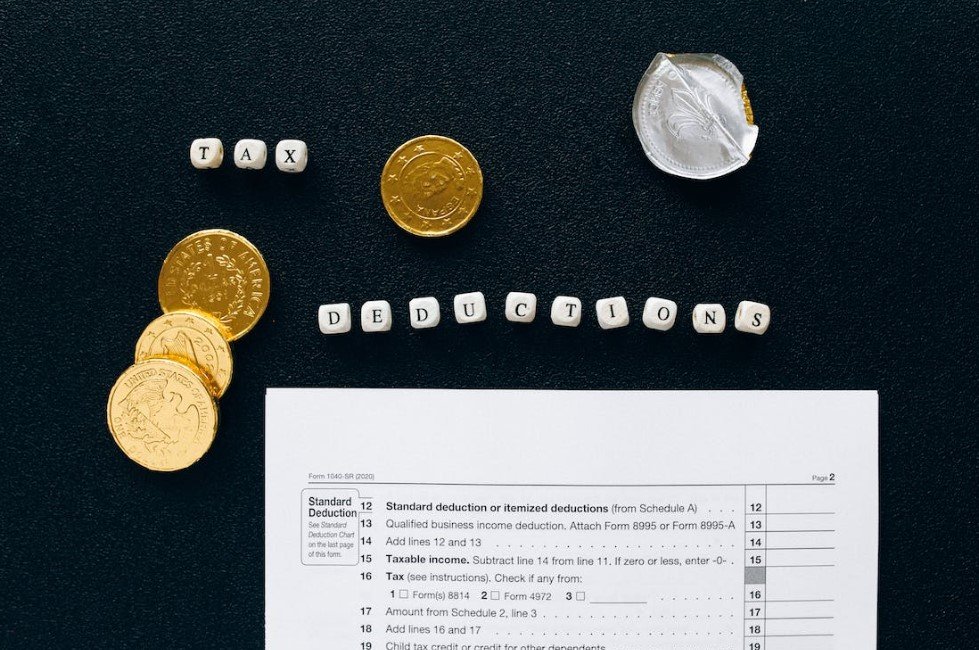You have probably noticed that the value of a dollar changes over time, affecting how much you can buy. In this blog post, we will explore the fluctuations in the purchasing power of the U.S. dollar throughout the last century. From inflation erosion to deflation periods, the gold standard to post-WWII prosperity, and the impact of events like the 1970s inflation and COVID-19, we will probe into how these factors have influenced the value of your dollar. By the end, you will have a better understanding of how economic trends have shaped the strength of your currency relative to others.
Key Takeaways:
- Inflation Erosion: Over time, the purchasing power of a single U.S. dollar decreases due to inflation, meaning it can buy fewer items at the store.
- Gold Standard Shift: The shift away from the gold standard in the 1970s led to high inflation rates, significantly reducing the dollar’s purchasing power.
- Post-WWII Prosperity: The mid-20th century saw a strong U.S. economy and stable purchasing power for the dollar.
- Monetary Policy Impact: The Federal Reserve’s decisions play a crucial role in managing inflation and maintaining the value of the dollar.
- COVID-19 Impact: The pandemic led to unprecedented economic stimulus measures that further affected the dollar’s value.
Historical Overview
Inflation Erosion
The real value of a single U.S. dollar has decreased over time due to inflation, meaning it buys fewer items at the store. As an example, changes in the Consumer Price Index (CPI) have decreased the dollar’s purchasing power significantly. For instance, $100 in 1913 would only be worth about $3.87 today.
Consumer Price Index (CPI)
Price changes measured by the CPI have been a key factor in determining the dollar’s purchasing power. Another key influence on the dollar’s value is the inflation rate, which can significantly impact how much your money is worth.

Deflation Periods
During deflationary periods, such as the period between 1929-1933 during the Great Depression, the purchasing power of the dollar actually increased due to deflation and a contraction in the money supply. This brought some relief to consumers in terms of their purchasing power.
Gold Standard
This period saw the U.S. dollar fixed to gold at a rate of $35/oz under the Bretton Woods agreement in 1944, making it the world’s reserve currency. Consumer confidence in the dollar remained stable during this time.
Post-WWII Prosperity
Following World War II, the mid-20th century saw a strong U.S. economy and stable purchasing power for the dollar. As a result, your dollar could go further when making purchases, providing a sense of economic security.
Fluctuations in the Dollar’s Purchasing Power
1970s Inflation
All economic cycles have their highs and lows. An example of a challenging period for the U.S. dollar was the 1970s inflation. The end of the gold standard during this time led to high inflation rates, significantly reducing the dollar’s purchasing power.
Late 20th Century Stability
The late 1980s and 1990s experienced lower inflation rates and relative stability in purchasing power. This stability was a welcome change after the turbulence of the 1970s, providing a more secure environment for economic growth and consumer confidence. Understanding why these fluctuations occurred can help you prepare for potential challenges in the future.
21st Century Challenges
The early 2000s brought about challenges like the dot-com bubble burst and the 2008 financial crisis, impacting the purchasing power of the dollar. Technological advancements and globalization have influenced economic trends, further complicating the picture. It’s crucial to stay informed about these factors to make informed financial decisions that protect your purchasing power.
Challenges in the 21st century continue to shape the dollar’s purchasing power. Keeping a close eye on economic developments and understanding their implications can help you navigate these challenging times with confidence.
Quantitative Easing
To navigate uncertain economic times, central banks may implement strategies like quantitative easing. This approach increases the money supply but can also raise concerns about long-term purchasing power. By understanding the implications of such policies, you can better prepare for potential impacts on your own financial situation.
COVID-19 Impact
Another significant event that has affected the dollar’s purchasing power is the COVID-19 pandemic. The unprecedented economic stimulus measures taken in response to the crisis have further influenced the dollar’s value. As we continue to navigate the aftermath of the pandemic, understanding these impacts on the dollar’s purchasing power is crucial for making sound financial decisions in the future.
Factors Influencing the Dollar’s Purchasing Power
Technological Advancements and Globalization
Globalization and technological advancements have significantly impacted economic trends and the purchasing power of the dollar. The interconnectedness of global markets and advancements in communication and transportation have increased competition, resulting in more affordable goods and services for consumers. This has had both positive and negative effects on the dollar’s purchasing power. On one hand, increased trade efficiency has led to cost savings. On the other hand, outsourcing and offshoring have affected domestic employment rates, which can indirectly impact the value of the dollar in the long run.
Federal Reserve’s Monetary Policy
Dollars Federal Reserve plays a crucial role in managing inflation and maintaining the value of the dollar. The decisions made by the Federal Reserve regarding interest rates and money supply have a direct impact on the purchasing power of the dollar. By controlling the supply of money in circulation, the Federal Reserve can influence inflation rates and ultimately determine how much a dollar can buy. Monetary policy decisions by the Federal Reserve are carefully monitored and assessed to ensure stability in the economy and to preserve the value of the dollar for consumers and businesses.
International Currency Exchange Rates
International currency exchange rates can provide additional insight into the strength of the dollar relative to other currencies. By comparing the dollar’s value against foreign currencies, you can gauge its purchasing power on an international scale. This can be helpful when considering investments, travel plans, or even when purchasing goods from overseas. This comparison allows you to understand how the dollar’s value fluctuates in relation to other currencies and how global economic factors can influence its purchasing power.
To wrap up
Now that we have looked at the historical trends and events that have influenced the purchasing power of the U.S. dollar over the last century, it is clear that fluctuations in inflation, deflation, and monetary policy decisions have all played a significant role in determining the value of the dollar. From the stability of the post-WWII era to the challenges of the 1970s and the economic impacts of the COVID-19 pandemic, the dollar’s purchasing power has been constantly evolving.
When considering the value of the dollar, it is important to recognize the impact of global economic trends, technological advancements, and the role of the Federal Reserve in managing inflation. By comparing international currency exchange rates, you can gain additional insights into the strength of the dollar relative to other currencies. As we move forward into the 21st century, it will be crucial to monitor how economic factors continue to shape the purchasing power of the U.S. dollar and to stay informed about potential changes that may affect your financial decisions.
FAQ
Q: Why does the value of a dollar decrease over time?
A: The value of a dollar decreases over time due to inflation, which means it can buy fewer items at the store.
Q: What is the Consumer Price Index (CPI) and how does it affect the dollar’s purchasing power?
A: The Consumer Price Index measures changes in prices of goods and services. Changes in CPI can decrease the dollar’s purchasing power; for example, $100 in 1913 would only be worth about $3.87 today.
Q: What happened to the purchasing power of the dollar during the Great Depression?
A: During the Great Depression in the 1930s, the purchasing power of the dollar actually increased due to deflation and a contraction in money supply.
Q: How did the end of the gold standard impact the dollar’s purchasing power?
A: The end of the gold standard in the 1970s led to high inflation rates and significantly reduced the dollar’s purchasing power.
Q: What role does the Federal Reserve play in maintaining the dollar’s value?
A: The Federal Reserve’s monetary policy decisions play a crucial role in managing inflation and maintaining the value of the dollar.















